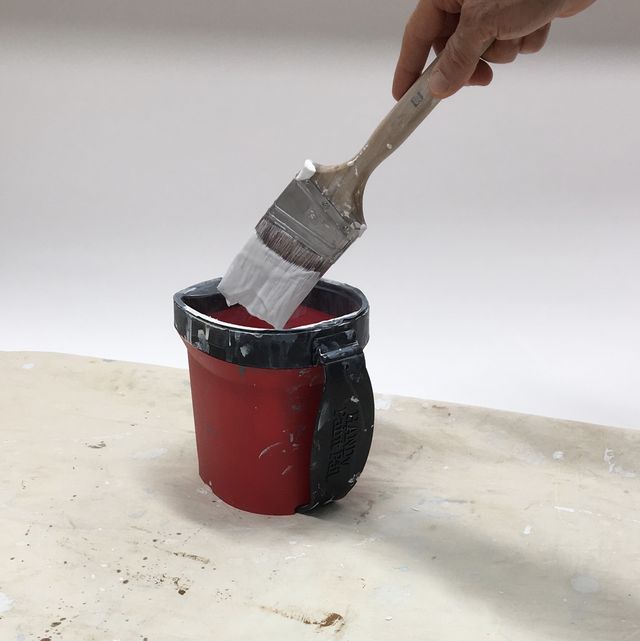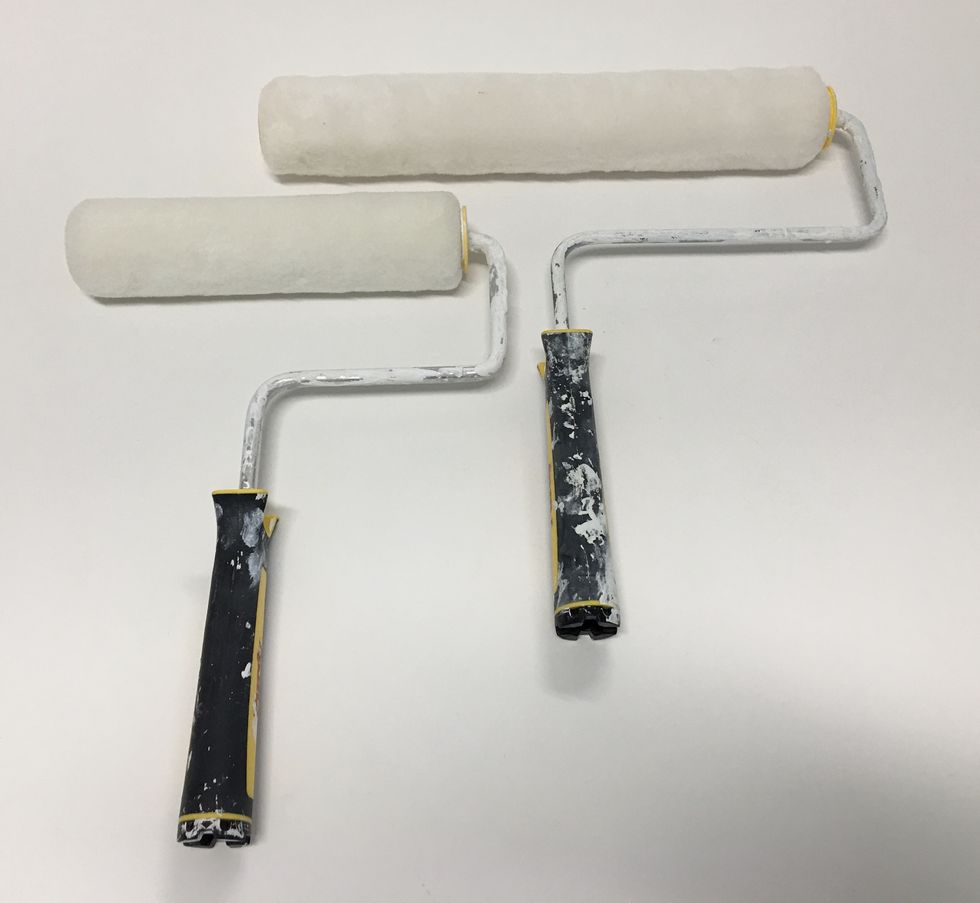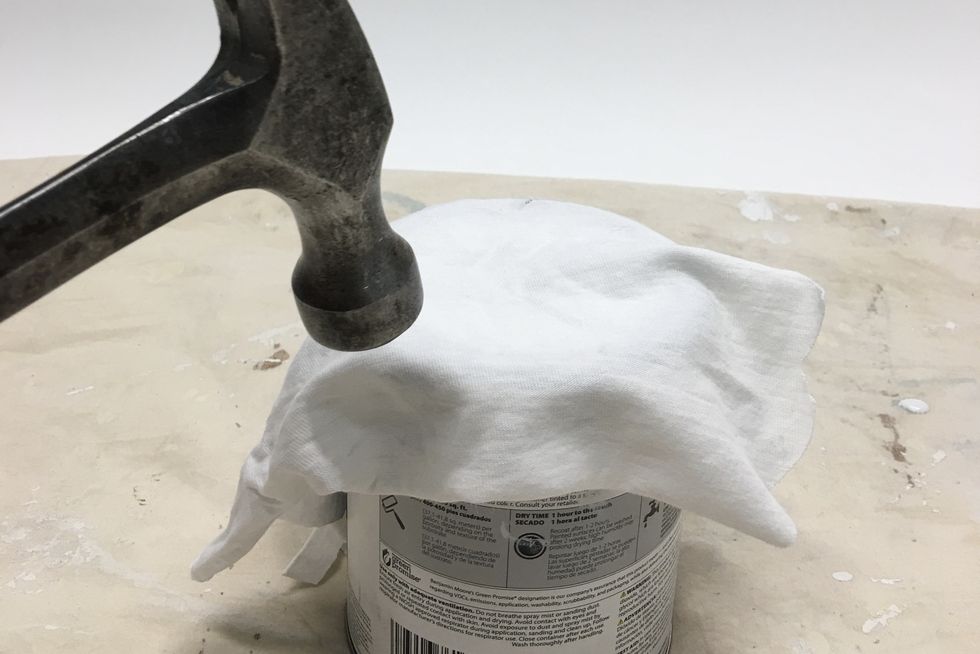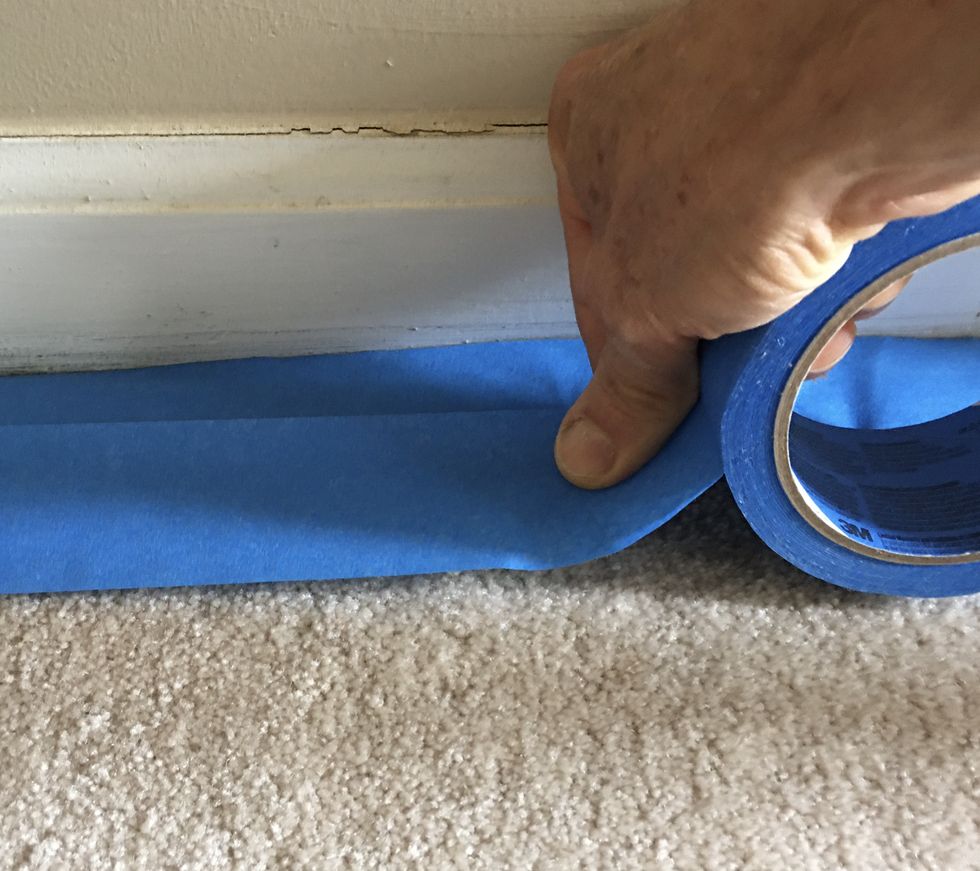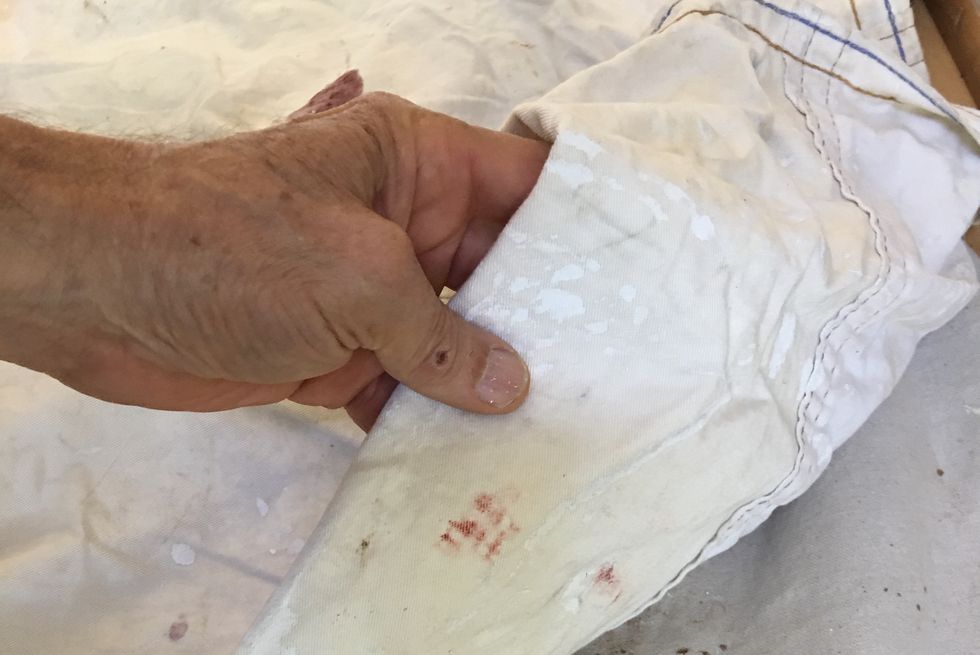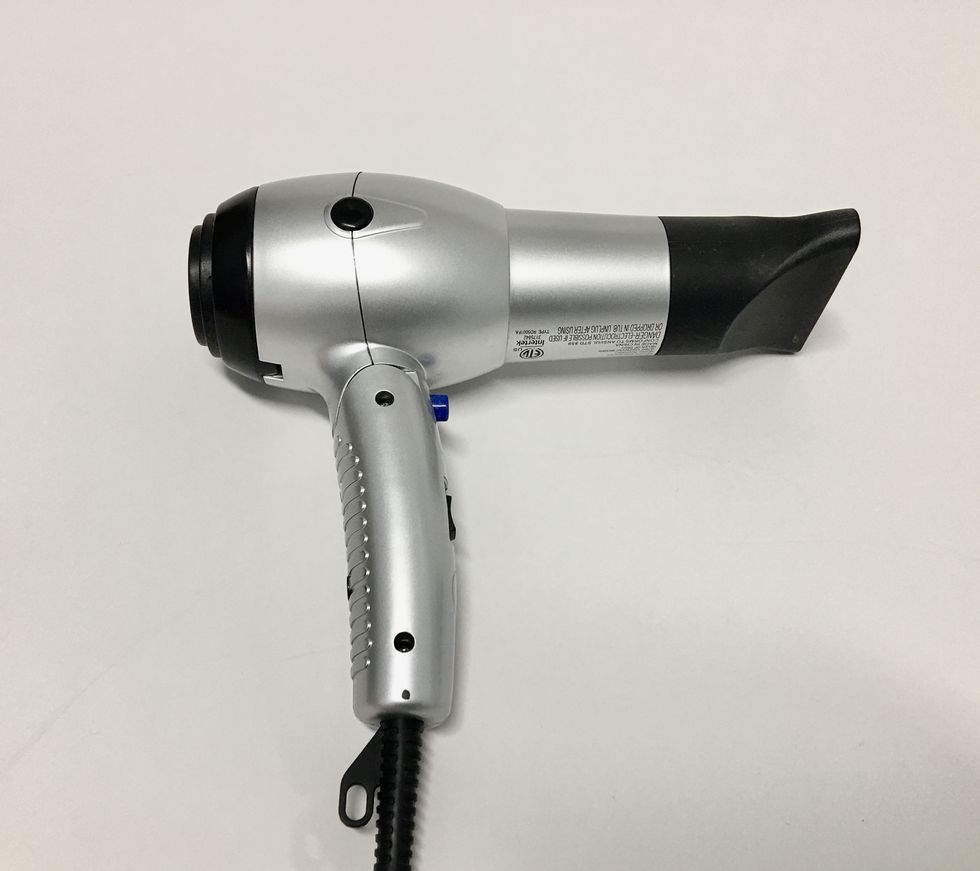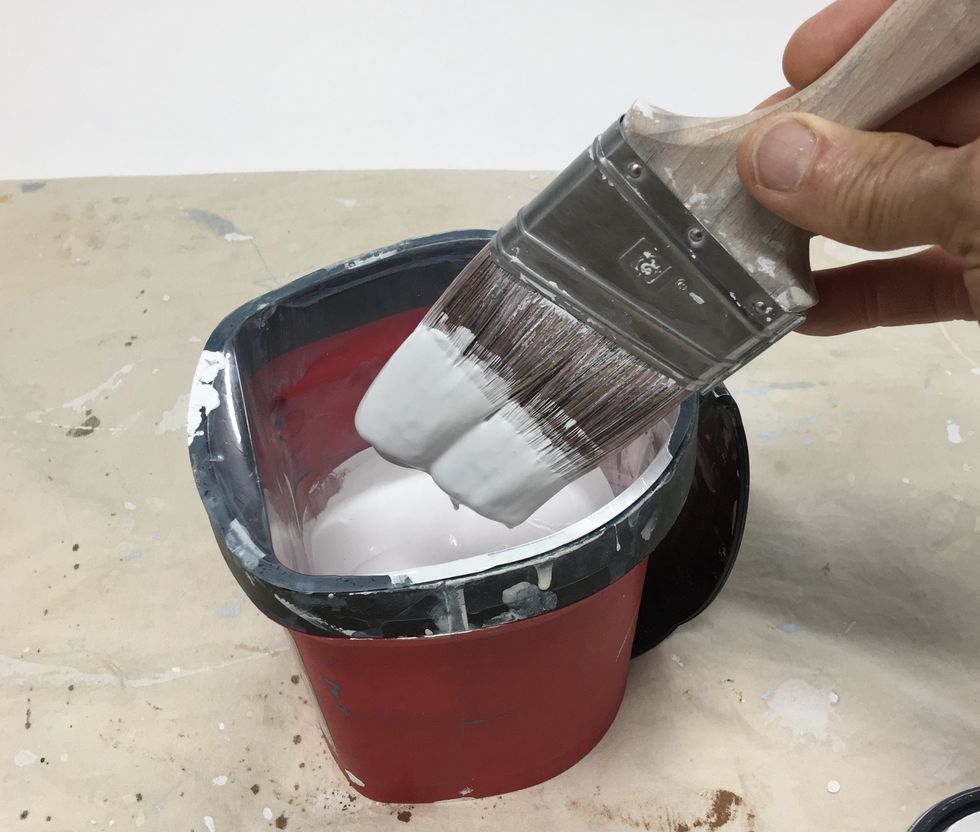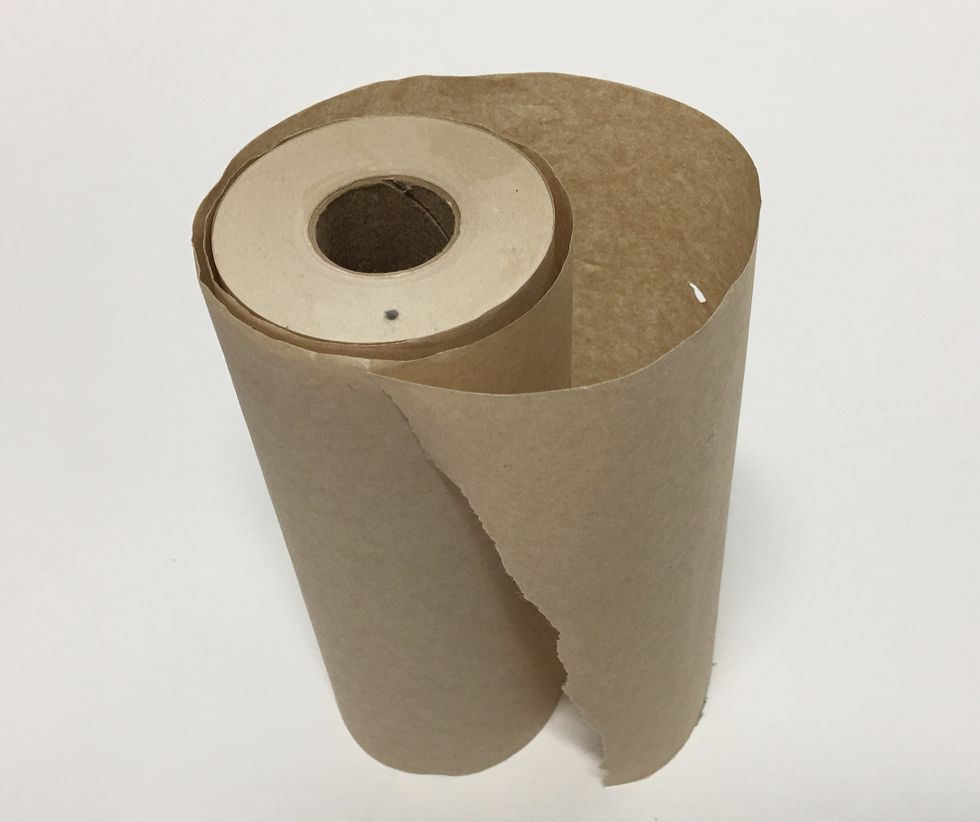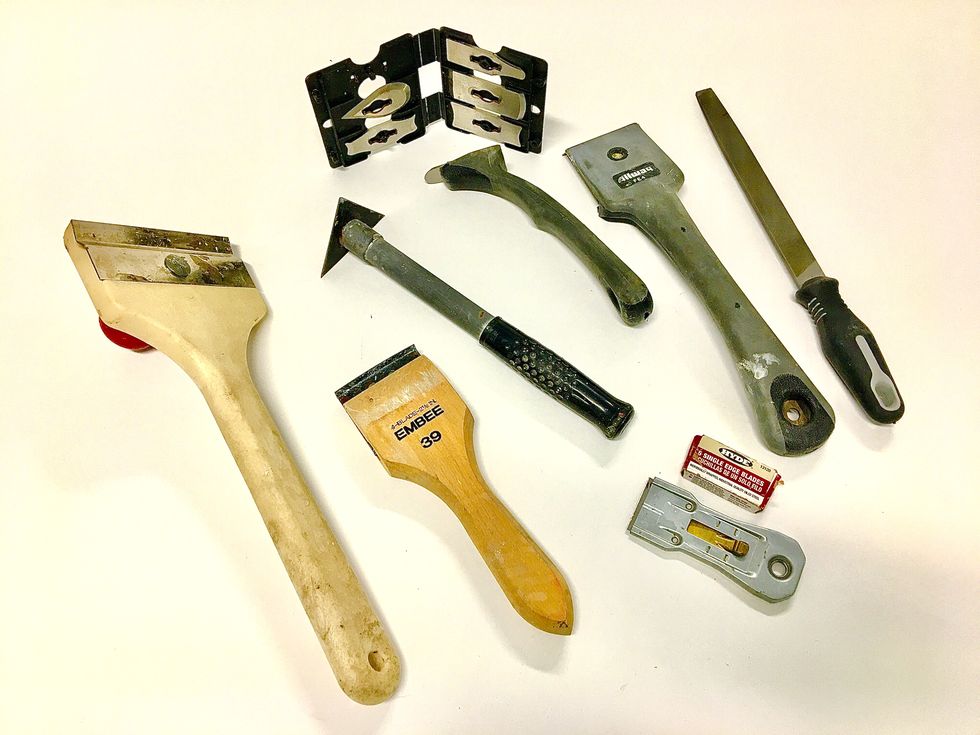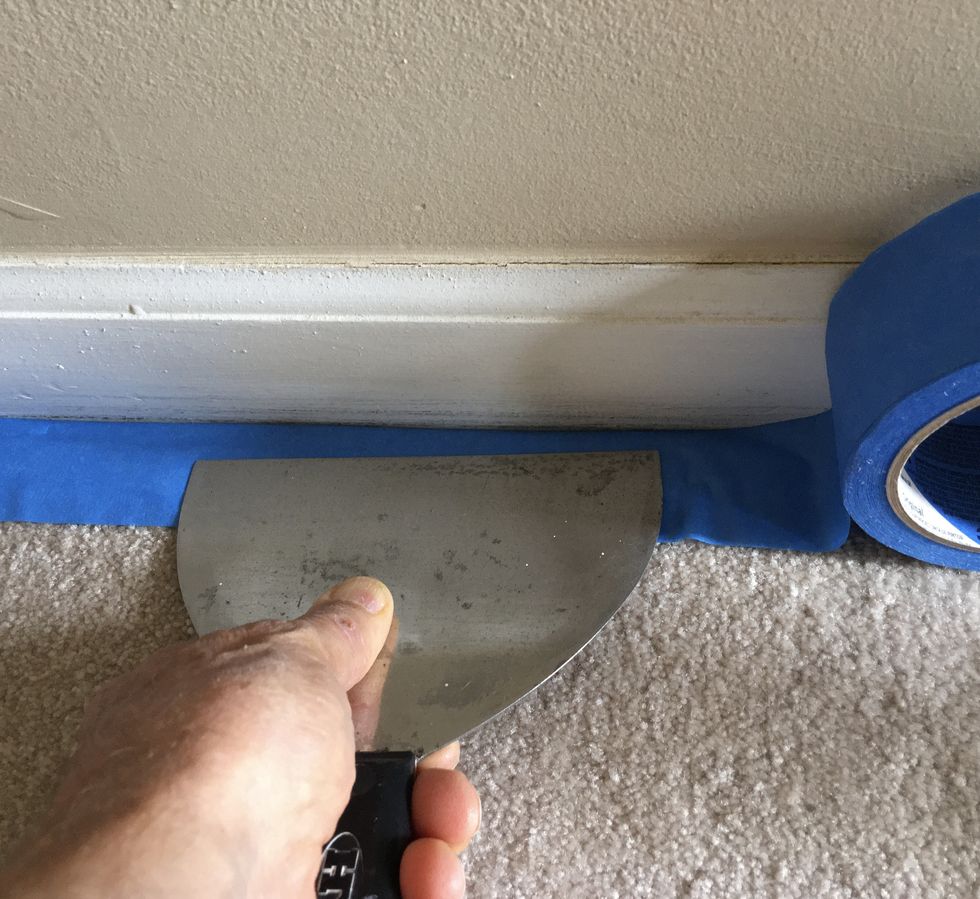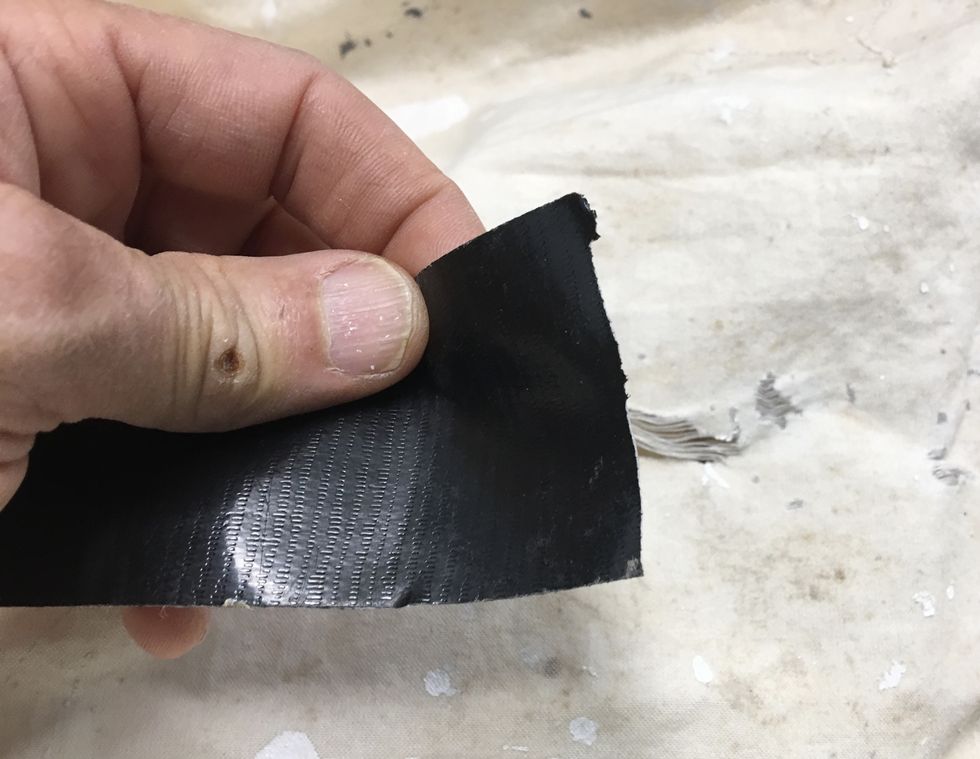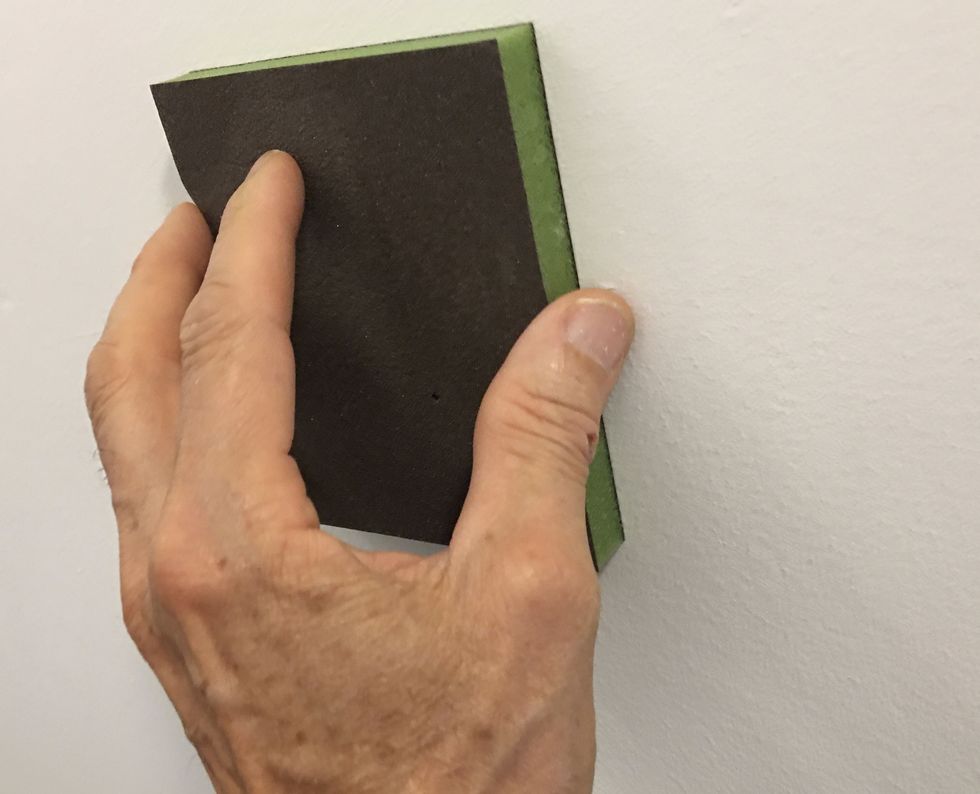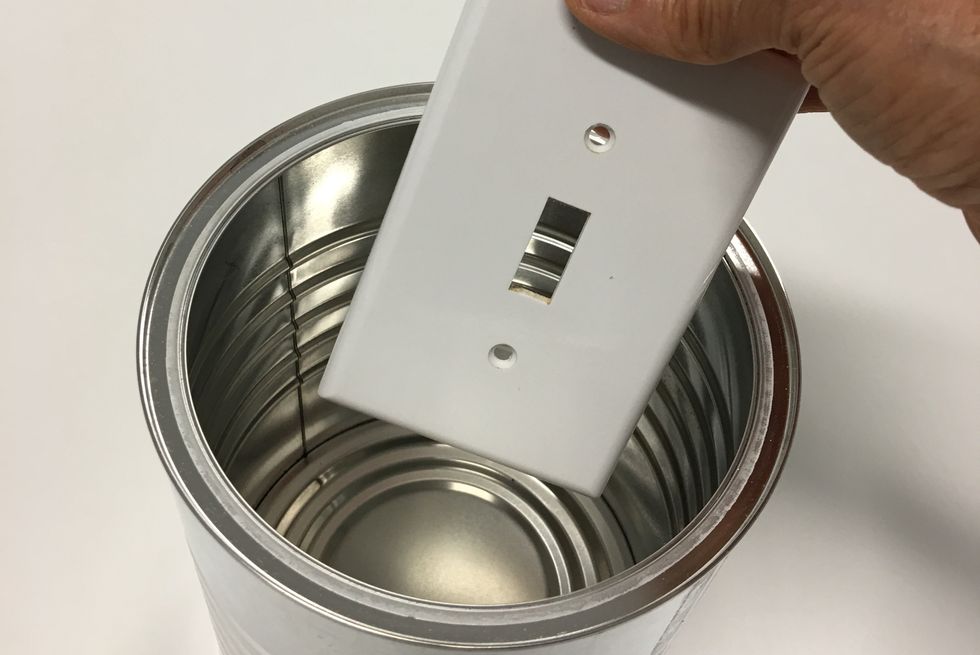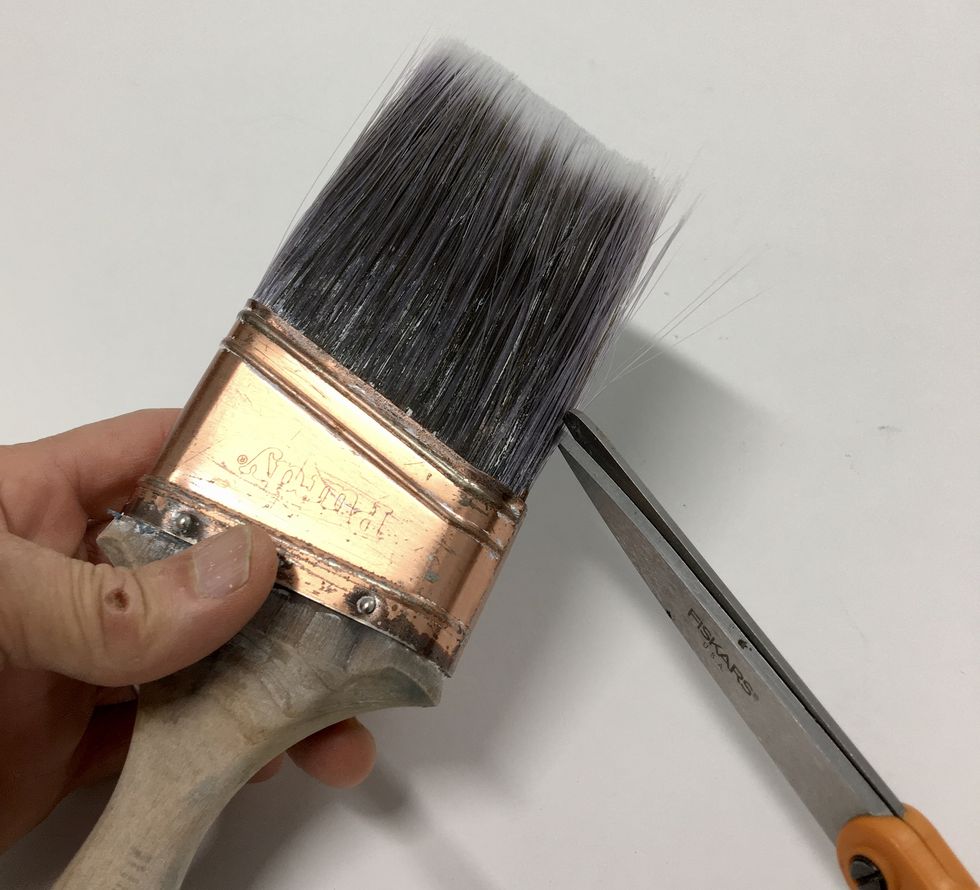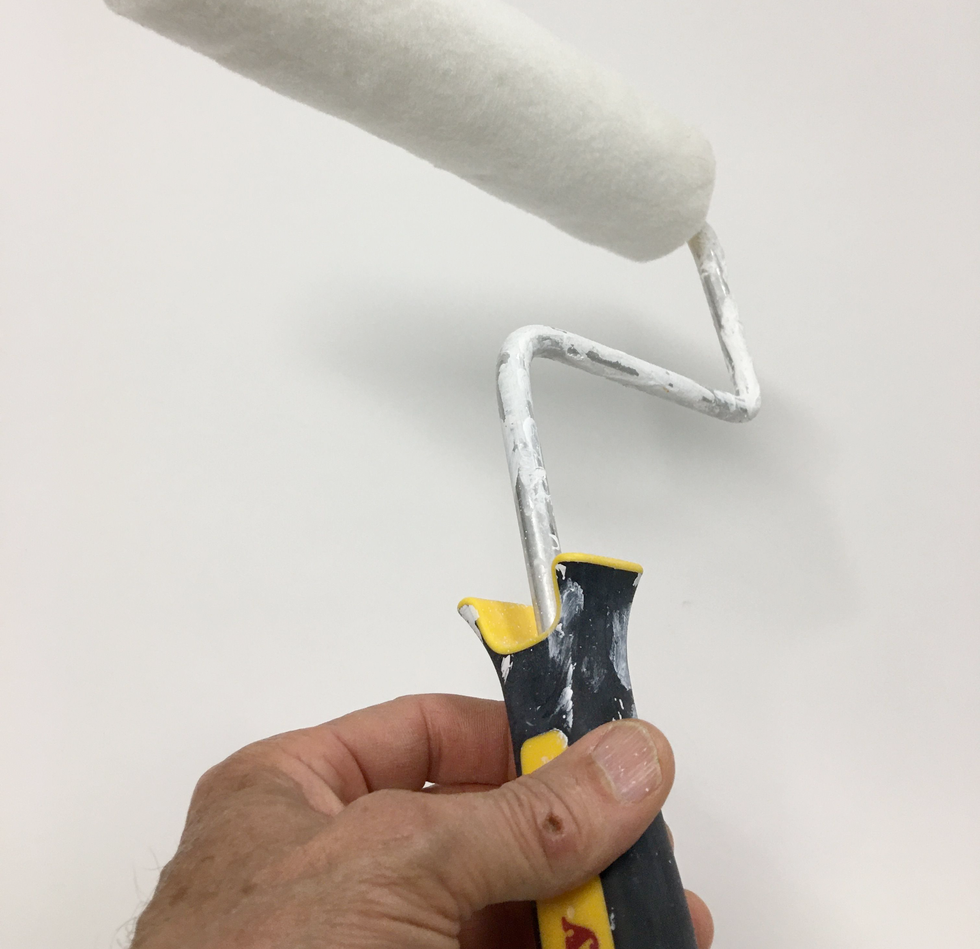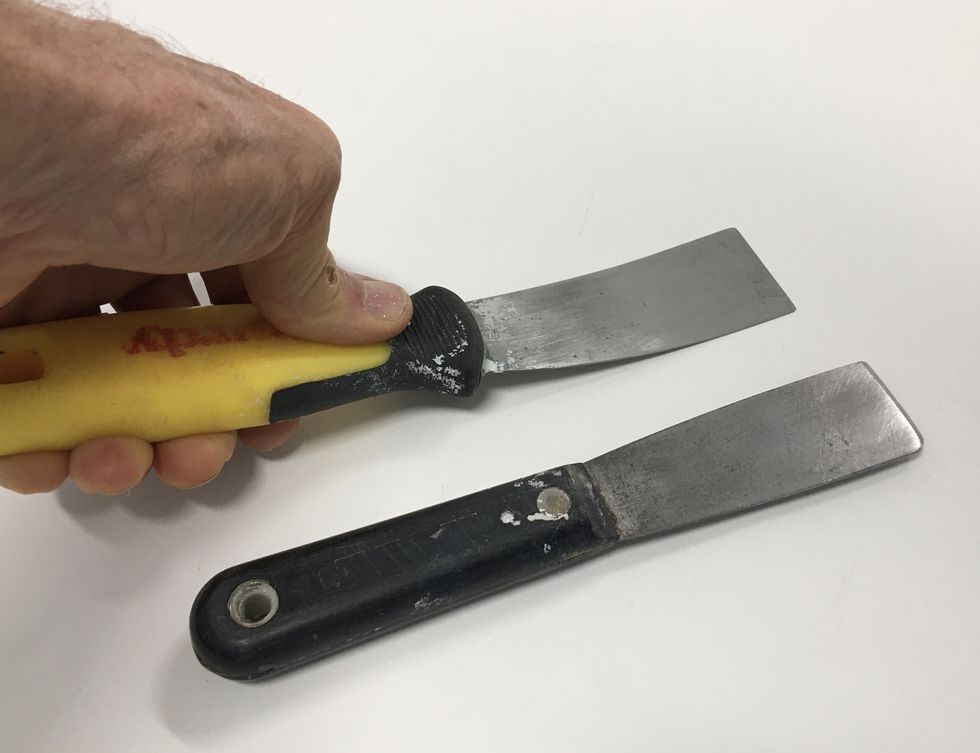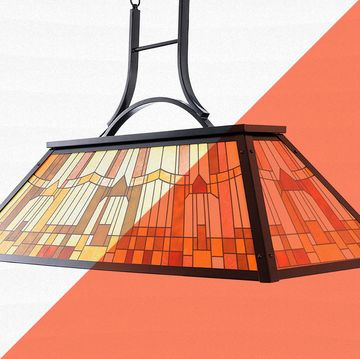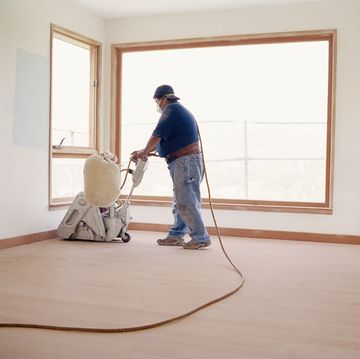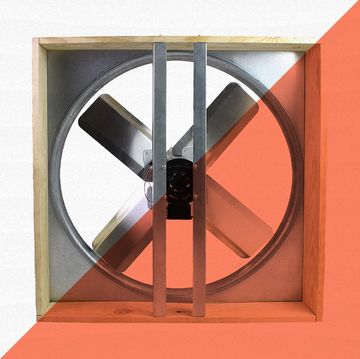The Inside Secrets to a Freshly Painted Room
There are lots of small details that move the needle from a good paint job to one that's great.
Gear-obsessed editors choose every product we review. We may earn commission if you buy from a link. Why Trust Us?
A freshly painted room looks crisp and clean. But there's a lot more to getting that look than just the paint and your ability to roll and brush neatly. There are lots of small things that professional painters know to do, and they possess a lot of institutional knowledge about how to get that look. They give little thought to these details, because to them it's all second nature. You may not even find out some of this stuff by asking them. It's not that they're trying to be evasive. No. These things are so ingrained in them, they may not even think to convey it when you ask.
Of course, you start by knowing how to paint a room and know how to avoid making costly mistakes.
But in the world of paint craft, the only way you're going to learn the small insider tips that move the needle from a good paint job to one that's outstanding is to carefully observe painters and how they go about their work, stay out of their way, and ask polite (and humble) questions.
I painted my first house in 1973. Since then, I've talked to countless painters, both union and non union. I've also been privileged to work with professional painters, study their technique, and ask questions. They've been very gracious and patient with me and my efforts to report this insider knowledge.
Decades later, here's what I've learned.
🔨You love badass DIY projects. So do we. Let's build something cool together.
More From Popular Mechanics:
- How to Paint a Room Using Math
- How to Paint 4 Tricky Places in Your Home Like a Pro
- How to Paint a Car

Roy Berendsohn has worked for more than 25 years at Popular Mechanics, where he has written on carpentry, masonry, painting, plumbing, electrical, woodworking, blacksmithing, welding, lawn care, chainsaw use, and outdoor power equipment. When he’s not working on his own house, he volunteers with Sovereign Grace Church doing home repair for families in rural, suburban and urban locations throughout central and southern New Jersey.
Watch Next


8 Ways to Power Your Home With Renewable Energy
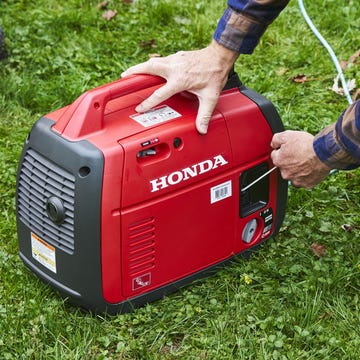
The 12 Best Home Generators for 2024

How to Make Dry Ice
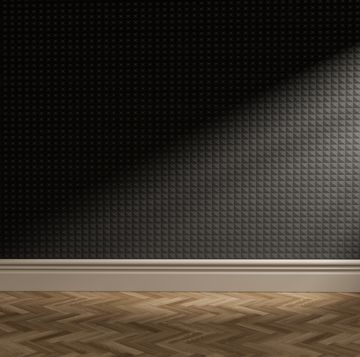
8 Super-Effective Ways to Soundproof a Room
